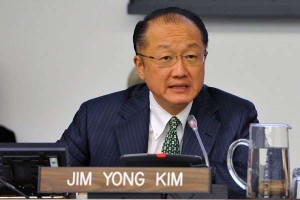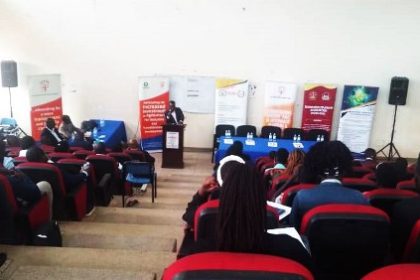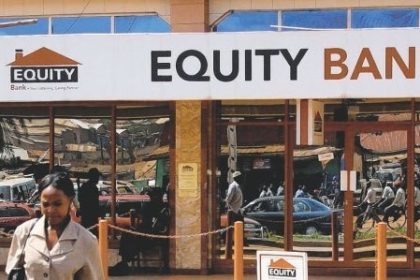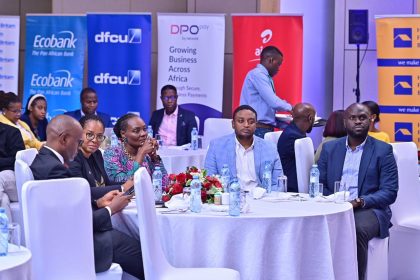World Bank offers Africa $57 billion
March 20—In the next three years, the World Bank Group, is making $57 billion available for sub-Saharan Africa mostly through the International Development Association (IDA), the soft lending arm of the group and a new Private Sector Window (PSW) has been set up.
“This represents an unprecedented opportunity to change the development trajectory of the countries in the region,” Jim Yong Kim, the World Bank Group President said on the sidelines of the G-20 finance ministers and central bank governors conference in Germany.
Sixty per cent of the IDA financing is expected to go to sub-Saharan Africa, home to more than half of the countries eligible for IDA financing. The money will be ready for the period known as IDA18, which runs from July 1, 2017, to June 30, 2020.
Kim said, “With this commitment, we will work with our clients to substantially expand programmes in education, basic health services, clean water and sanitation, agriculture, business climate, infrastructure, and institutional reform.”
Some $45 billion will be channeled through the IDA targeting the poorest countries while an estimated $8 billion is being put aside for private sector investments through the International Finance Corporation (IFC), a private sector arm of the bank group. Another $4 billion is earmarked for the International Bank for Reconstruction and Development, the group’s non-concessional public sector arm.
In December, development partners agreed to a record $75 billion for IDA, a dramatic increase based on an innovative move to blend donor contributions to IDA with World Bank Group internal resources, and with funds raised through capital markets.
The PSW will supplement existing instruments of IFC and the Multilateral Investment Guarantee Agency (MIGA) – the group’s arm that offers political risk insurance and credit enhancement – to spur sound investments through de-risking, blended finance, and local currency lending.


 Shell Club rewards first winners with brand new motorbikes in Mbale
Shell Club rewards first winners with brand new motorbikes in Mbale
 CSBAG roots for increased funding for renewable energy
CSBAG roots for increased funding for renewable energy
 Equity walks tried and tested path to deliver solid half-year
Equity walks tried and tested path to deliver solid half-year
 Nile Breweries primes retailers for brave new world
Nile Breweries primes retailers for brave new world
 Uganda calls for collaboration with airlines in fight against illicit trade in wildlife
Uganda calls for collaboration with airlines in fight against illicit trade in wildlife
 Airline industry top guns dust-off passports for Uganda hosted 55th AFRAA annual meet
Airline industry top guns dust-off passports for Uganda hosted 55th AFRAA annual meet
